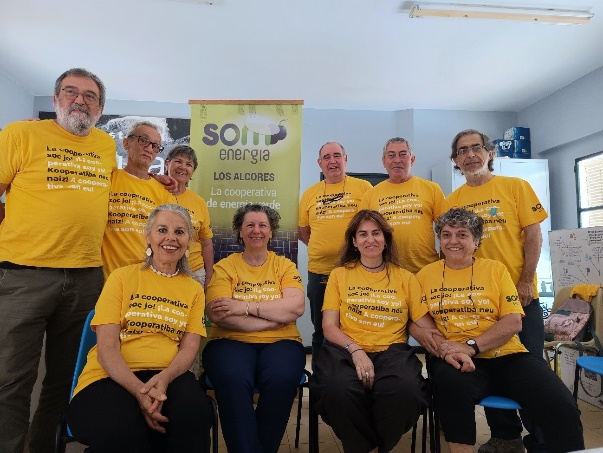The nexus between gender and energy transition is becoming increasingly relevant in social research. We may ask, why so much insistence on gender in this particular context?
The insistence on the inclusion of gender in the energy transition can be explained by two overlapping factors. On the one hand, there are the governmental socio-political mandates for gender equality that are contained in Sustainable Development Goal 5 of the 2030 Agenda. On the other, there is the need to de-masculinize a sector that has traditionally been highly masculinized, basically occupied by men. In addition, the 2030 Agenda framework presents us with the challenge of acting in favor of the fulfillment of all the Sustainable Development Goals. Among the SDGs that most challenge the nexus between gender and energy transition are Health and Well-being (SDG 3), Affordable and Clean Energy (SDG 7), Reducing Inequalities (SDG 10), Sustainable Cities and Communities (SDG 11), Responsible Production and Consumption (SDG 12) and, above all, Partnerships to Achieve the Goals (SDG 17).
Although equality before the law has been a structural pillar of today’s democracies since the Enlightenment, reality has shown us that laws are insufficient to achieve it. For this reason, specific laws have been developed that more precisely reflect situations of inequality, discrimination, marginalization, abuse of power, etc. And yet gender indicators (another great advance) continue to show unequal living conditions according to gender and sex.
In addition to legal mandates, there are cultural mandates, which are much less evident since they form an essential and implicit part of our way of organizing and relating to each other. So, due to gender roles and stereotypes, there are very marked tendencies that do not change unless their causes change and that mark the types of activities and functions that we carry out depending on whether we act as men or women. For example, in the specific case of the energy sector, due to its high technological component, among other reasons, it has traditionally been highly masculinized. Only 22% of the people employed in this sector are women. However, the participation of women in the renewable energy subsector is somewhat higher (32%), which indicates that in addition to traditional gender roles, there are also more inclusive environments than others, according to data from the International Renewable Energy Agency – IRENA.
Indeed, societies have been evolving, transforming with it our forms of organization, use and preservation of resources, the ways of managing public services, etc. An example of these transformations can be found in the Energy Communities (EC), designed to be organizations of people who are both producers and consumers of renewable electrical energy. In fact, we can consider that ECs have existed since the beginning of time, due to our innate tendency to share efforts and energy resources within a community environment, as was done, for example, to keep lit the fires of collected biomass that radiated light and tribal heat.
As sources of collective production of renewable energy, energy communities appeared in the 1970s in northern European countries, driven by local governments that supported the creation of collective organizations to install windmills in the face of the oil crisis.
In the Spanish legal framework, it is with Royal Decree-Law 23/2020, of June 23, which defines Renewable Energy Communities as:
“legal entities based on open and voluntary participation, autonomous and effectively controlled by partners or members that are located in the vicinity of renewable energy projects owned and developed by such legal entities, whose partners or members are natural persons, SMEs or local authorities, including municipalities and whose primary purpose is to provide environmental, economic or social benefits to their partners or members or to the local areas where they operate, rather than financial gain”.
At this point, we might ask, but why do we need more women in the energy sector?
Greater participation of women in the EC is necessary for three reasons:
- we have long known that exclusion does not enrich us as a society;
- inclusion of people in care roles makes us more sustainable societies, not only environmentally but also socially, which is necessary for the reduction of inequalities;
- women continue to play an active role in domestic consumption choices and the role of care includes decisions aimed at safeguarding the health and well-being of the family and the community.
And, above all, we could ask ourselves: How do we achieve greater participation of women in the EC?
For the time being there are no legal quotas established for equal participation in the EC, so it is the social awareness of the people who promote the EC and the institutions that promote them that basically determines whether women feel that they have a place to occupy in these environments.
From the STEP research project, Socio-Territorial Innovation for Energy Transition in the Iberian Peninsula, we are studying in detail the factors that are facilitators and those that are barriers to women’s participation in the ECs. The results will serve to advise policies to support women’s participation in these new frameworks that not only seek to boost renewable energies but also to achieve more sovereign, just and egalitarian communities.


